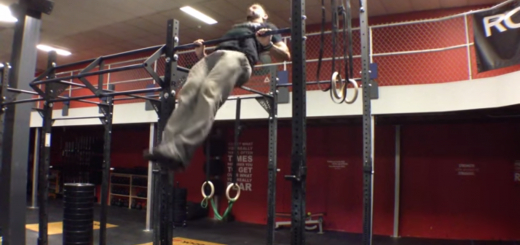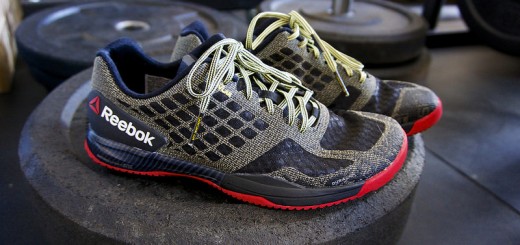More than half of us will get arthritis, specifically OA (osteoarthritis), at some point in our lives, most likely in the latter half of life. But that doesn’t mean you can’t return to similar or modified activity with less pain, because you can!
What is OA (osteoarthritis)?
OA is a degenerative condition where the cartilage that covers the articulating bone begins to break down, and in the worst case results in bone-on-bone articulation. Specifically with the knee, we’re talking about the articulation between the thigh bone (femur), shin bone (tibia), and knee cap (patella). These three bones move together to allow you to squat, clean, run, jump, kick — you name it. Yes, of course, this includes picking things up and putting them down (with good deadlift form, obviously). With any lower extremity movement the knee joint will be stressed, and that is why over time we see degenerative changes.Clinically, OA will be diagnosed by correlation of history, physical examination, and radiologic findings. Symptoms of knee OA include swelling, warmth to the touch, and pain with weight-bearing activities and even at times of rest. Knee OA may present with a loss of range of motion and is most commonly correlated with muscle weakness.
Two Kinds of Knee OA
The tibiofemoral joint is one of the two knee articulations where OA can occur. Radiographic findings will classify tibiofemoral knee OA into four grades. Without getting into too much detail, the scale basically begins with findings of possible extra small bodies of bone in the joint, progressing to extra large bodies of bone with significant joint space narrowing and deformity of the bone ends.
The patellafemoral joint is another spot for OA to occur. Patellafemoral OA, or “chondromalacia patella” in some references, is also classified into four grades, beginning with softening of the patella and progressing to fibrillations through the full cartilage and erosive changes down to the bone. It sounds scary, but do not worry; if you have some level of OA, and you are a CrossFitter, most likely you are at the beginning stages of this process.Not everyone will have symptoms with low-grade OA, so if that is the case, keep mobilizing to strengthen the muscles around the joint, and stay away from overloading the joint. “Overloading” equates to using weights too heavy for you, poor biomechanics, too many reps, and not enough recovery time. But if symptoms of OA do come up, you’ve likely had a flare up — a sign that you’ve gone past your joint’s loading ability.
How Do You Address the Problem?
So how do you get back to hitting the WODs? First we need to get through the acute stage using the common acronym RICE: Rest, Ice, Compression, and Elevation. Getting through the acute stage does not necessarily mean getting it to feel better; rather, the swelling has gone down and you have close to full active range of motion without pain. The last thing you want to do is start loading the joint when there is still significant pain and swelling! Instinctively, you may want to push through the pain, but pain combined with swelling has been shown to shut down muscle function around the joint. In this case, if your muscle — the main shock absorber of the body — isn’t taking the load from the joint, then what is? The joint surfaces and bone! We do not want this to occur with any injury, especially if you have OA.Once the joint has cooled down, we can begin re-educating and strengthening the muscles around the joint. Specifically for knees, we are talking about the quadriceps. This does not mean to go out there and immediately do a WOD with cleans and box jumps, or even air squats for that matter. Instead, the joint needs to be loaded in a progressive fashion.
Here is a general progression that we will use:
- Open chain strengthening at the injured joint and proximal muscles
- Closed chain strengthening with resistance less than body weight
- Closed chain isometric strengthening at full body weight
- Closed chain dynamic strengthening at proximal muscles groups
- Closed chain dynamic strengthening at injured joint
What do I mean by “progression”? Once the knee responds well to the load, then we move to the next phase of the progression; we do not do all the steps of the progression in one session.
“Open chain exercises” are when the resistance is a movable object (i.e., bicep curl, shoulder press). These exercises are beneficial from a rehabilitation perspective because we can get isolated recruitment for a specific muscle group, simple movement patterns, and minimal joint compression. A “closed chain exercise” is when the extremity being worked is fixed to an immovable object (pull up, handstand push up, squat). Closed chain exercises are good for multiple muscle groups, weight-bearing exercise, and — as we all know and love — functional movement patterns.

















